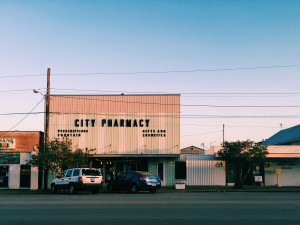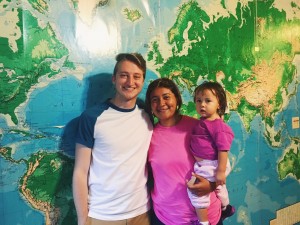Family detention centers are terrible places. They are also almost invisible in the media’s portrayal of immigration and the public’s knowledge, as well as being just downright hard to find—they’re not on maps and signage is minimal. And yet, this is where I have found myself working for the past seven days: at two of the country’s three such facilities in rural South Texas. They are so close to the highway that you can hear trucks and cars whizzing by from the parking lot, though I’d doubt even a fraction of those who pass have any idea that “baby jail” (as activists wryly call it) is just yards away.


Helping provide free legal services to detained women and children has put me face-to-face with the everyday realities of family detention in a way that I wish everyone could experience. These are places where (recently) traumatized women and their children who have expressed fear of returning to their home countries are held for arbitrary amounts of time and made to tell their stories over and over again to parties who are rarely there as allies (i.e. judges and asylum officers). Their credibility is doubted at every step of the process. But not to worry! The Karnes County Family Residential Center, specifically, is a licensed childcare facility, so most doors are not locked and there are murals on the wall. Somehow, these details are too eerie to distract from the fact that the place is run by GEO Group, Inc., a private prison corporation that bills itself as “the world’s leading provider” in this field.
Clearly, there are details here that most Americans don’t have a reason to know about. But shouldn’t they? And doesn’t this mean that there are countless more gaps in the general, highly-charged debate about what immigration means in the United States? I’ll be spending the rest of the summer continuing my research in an attempt to complicate the question of what is and should be relevant, and I’ll begin to think about how to make it so, always keeping in mind the individuals I have encountered and will meet going forward whose lives are so directly impacted by the messy realities of bureaucracy and immigration detention.


Hi!
I found your post really interesting and also heartbreaking. I do a lot of organizing around incarceration, but it usually doesn’t focus on these immigration detention centers, which is a problem. I think it is really important to make the connection between immigration and incarceration, especially since detention centers like the ones you are working in are so often made invisible to people who aren’t directly impacted. And I think by erasing this part of the story, people are able to paint a very warped picture of what immigration looks like in America. I am looking forward to hearing more about your experiences as you continue, good luck!